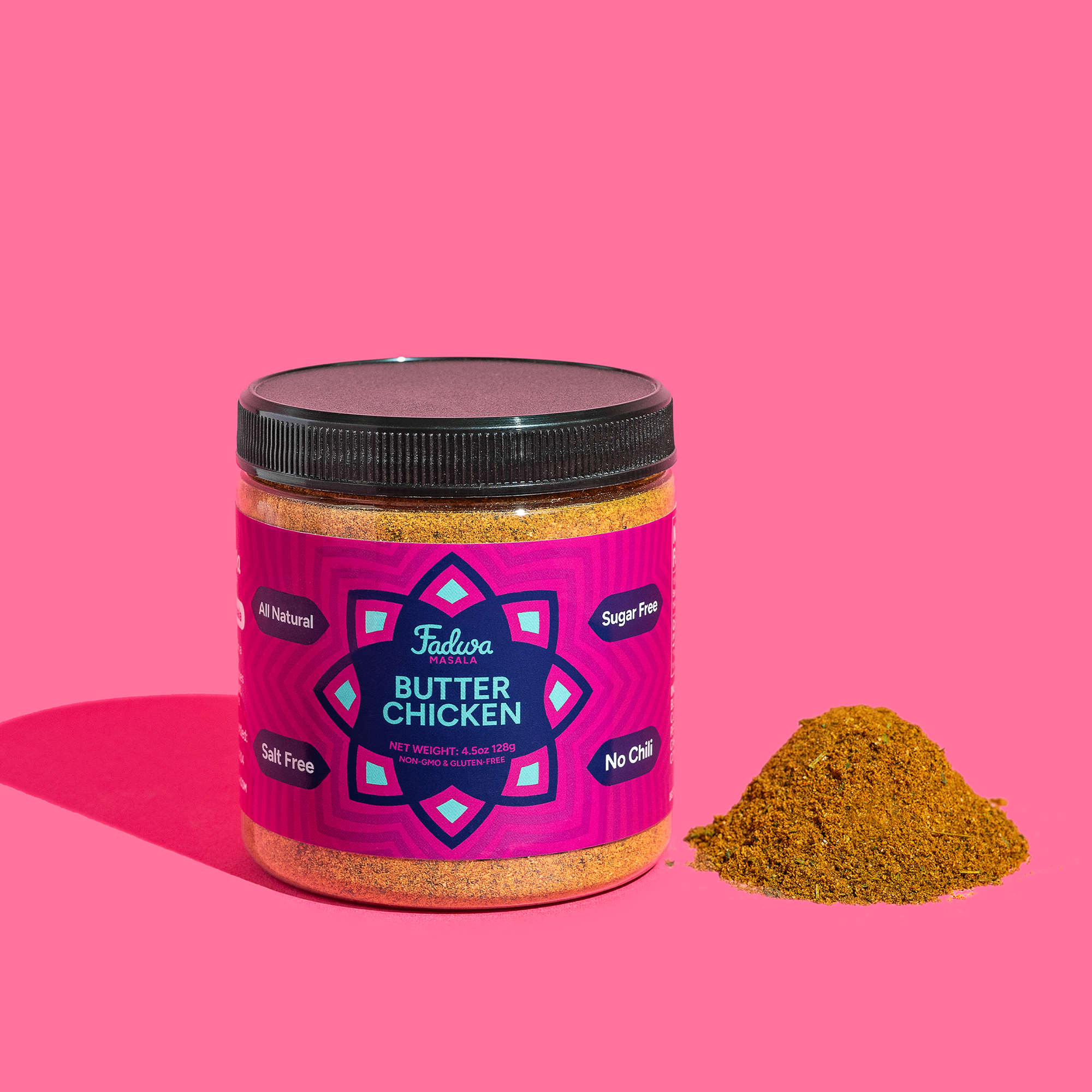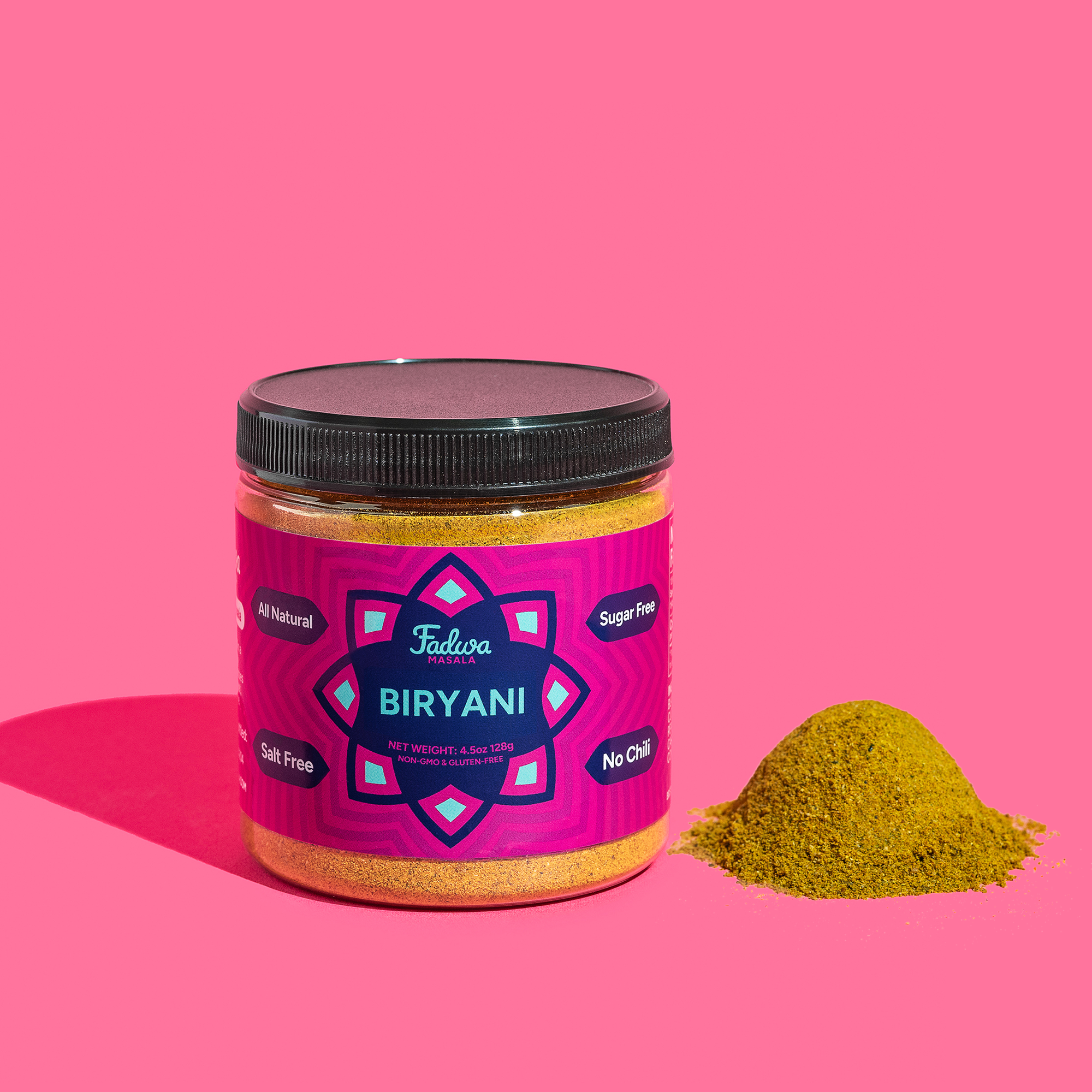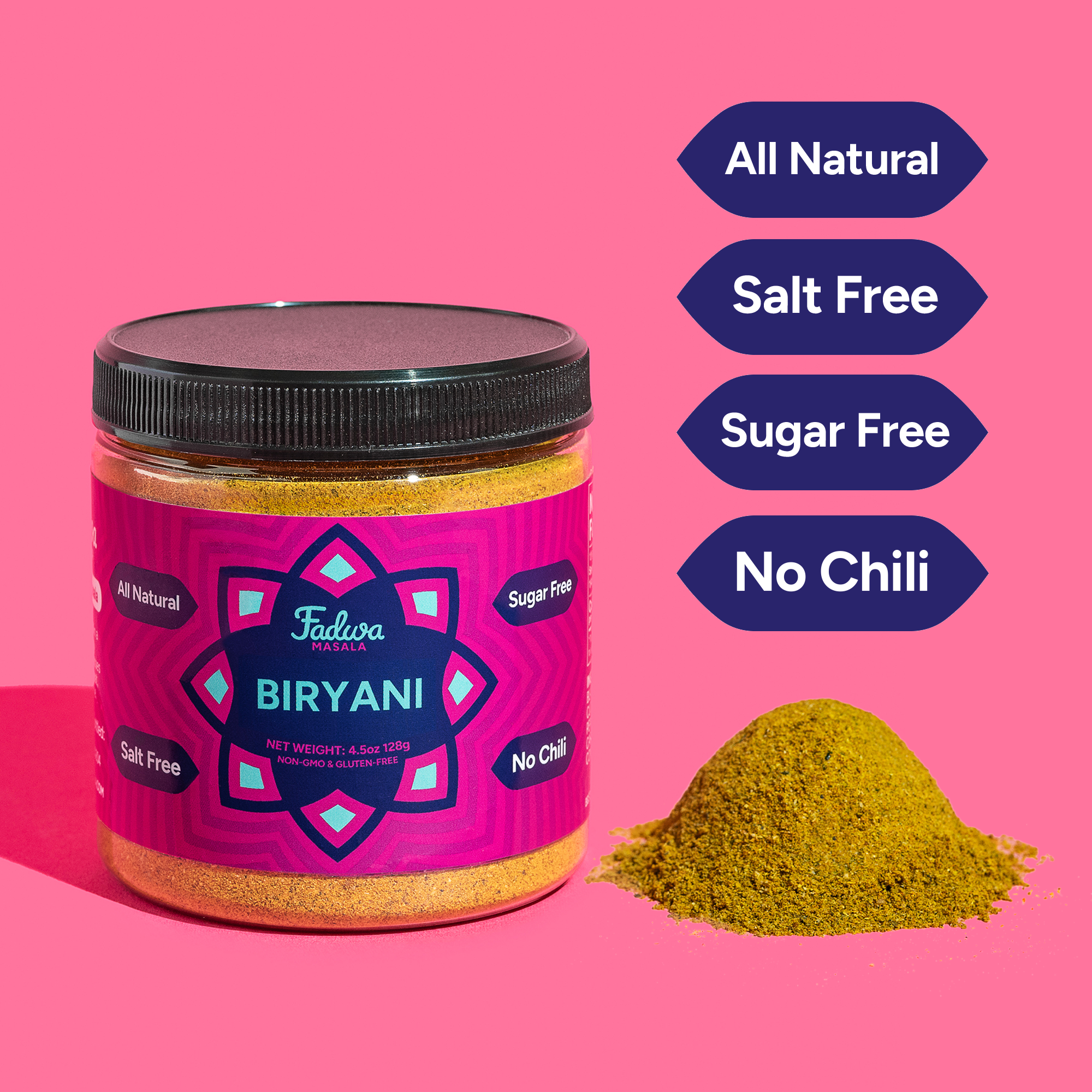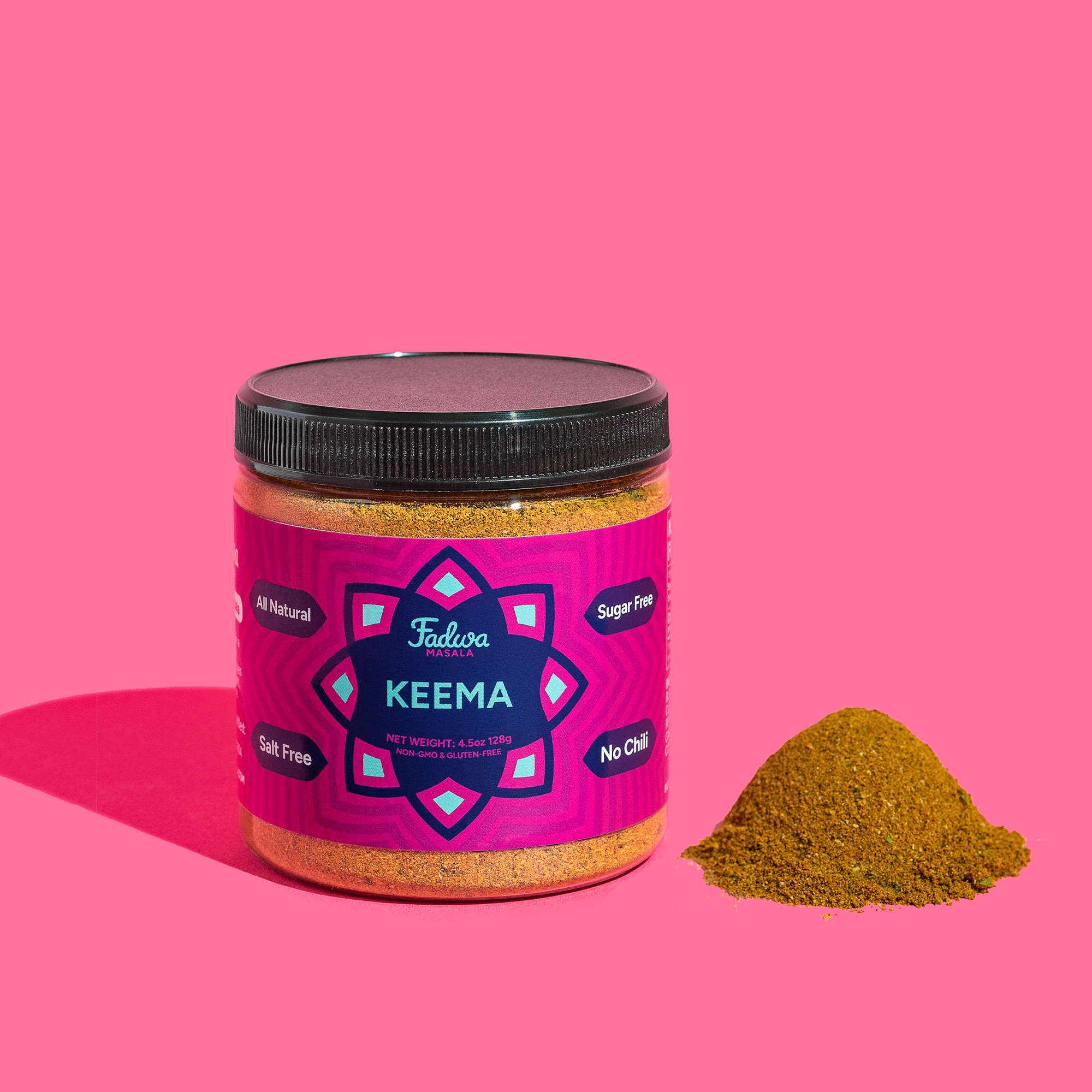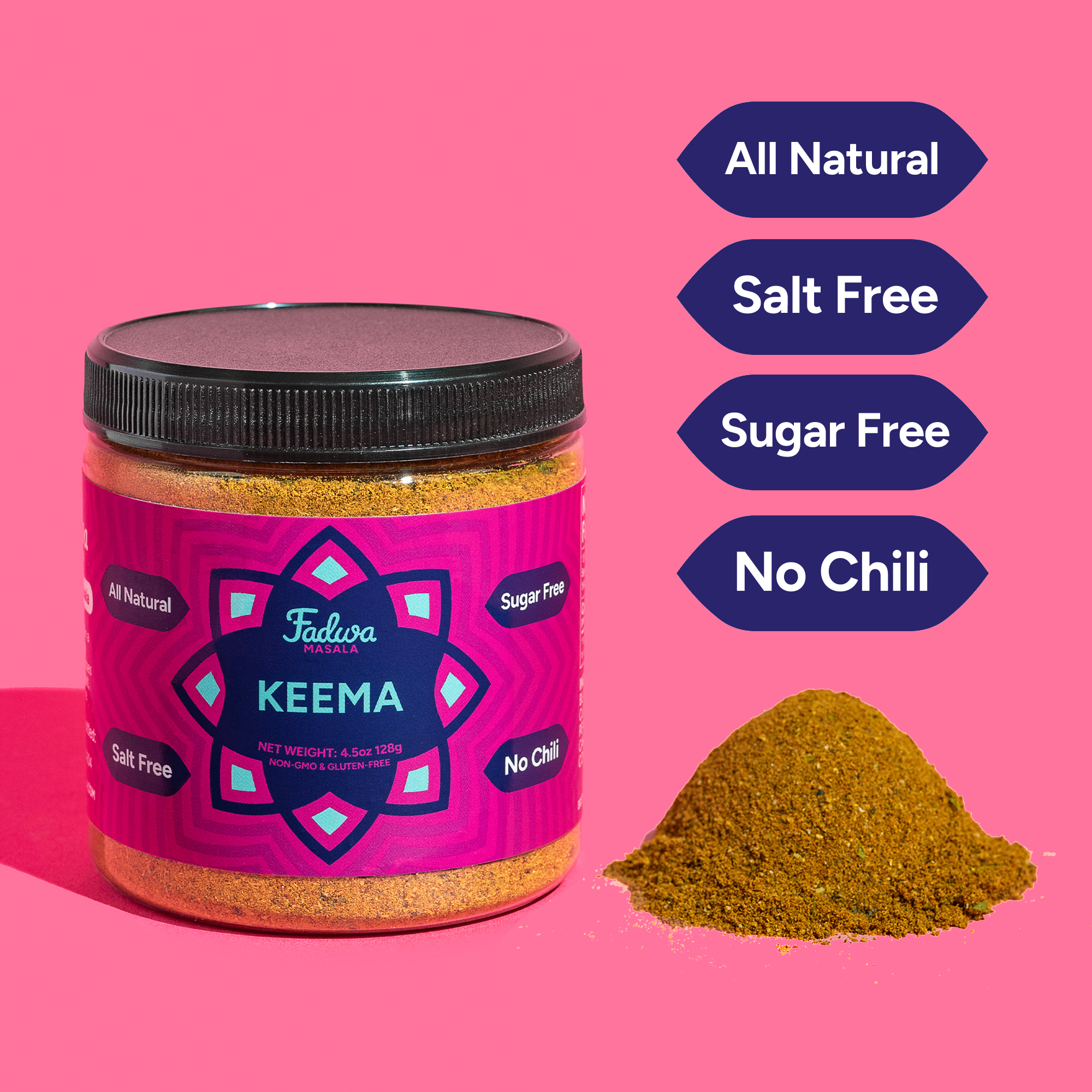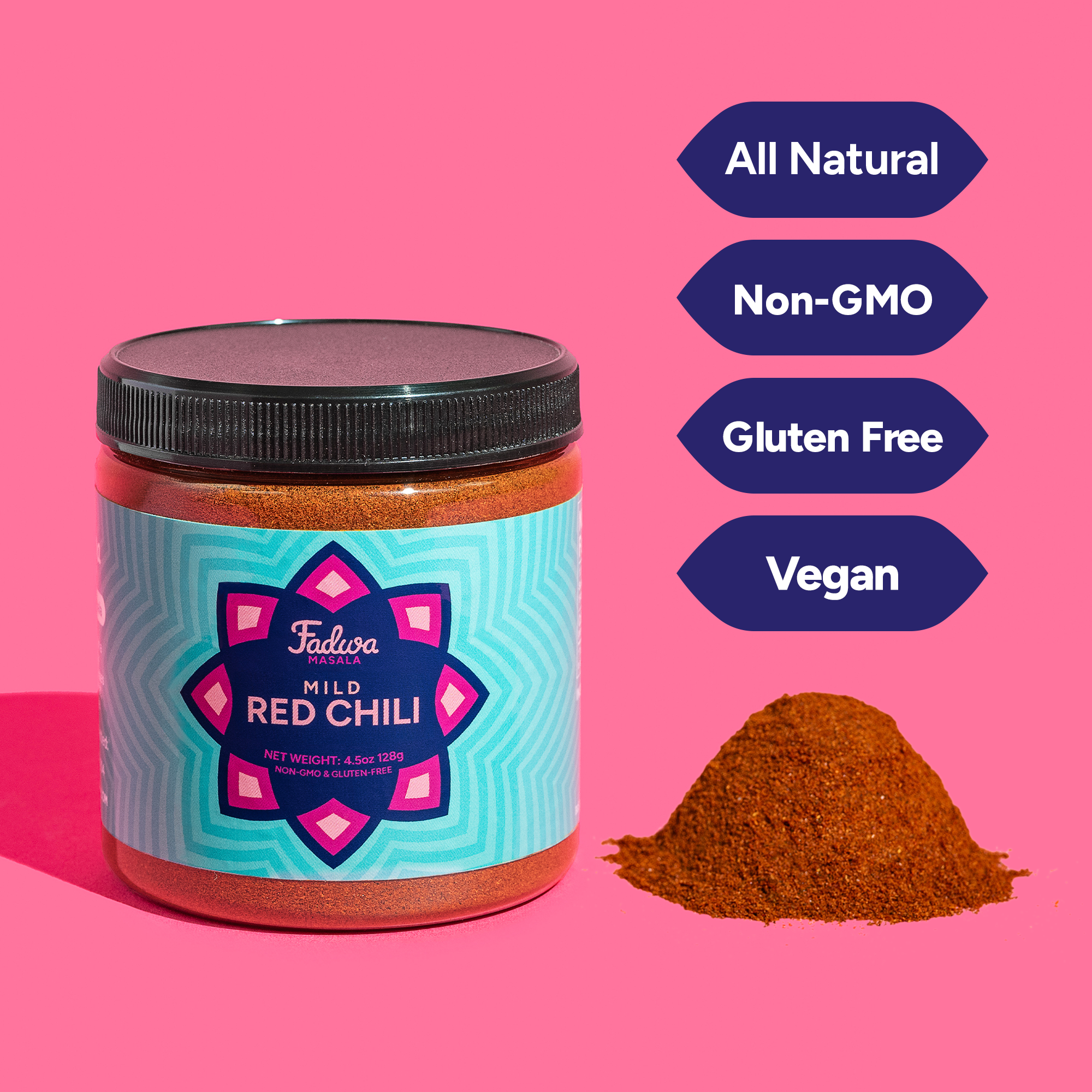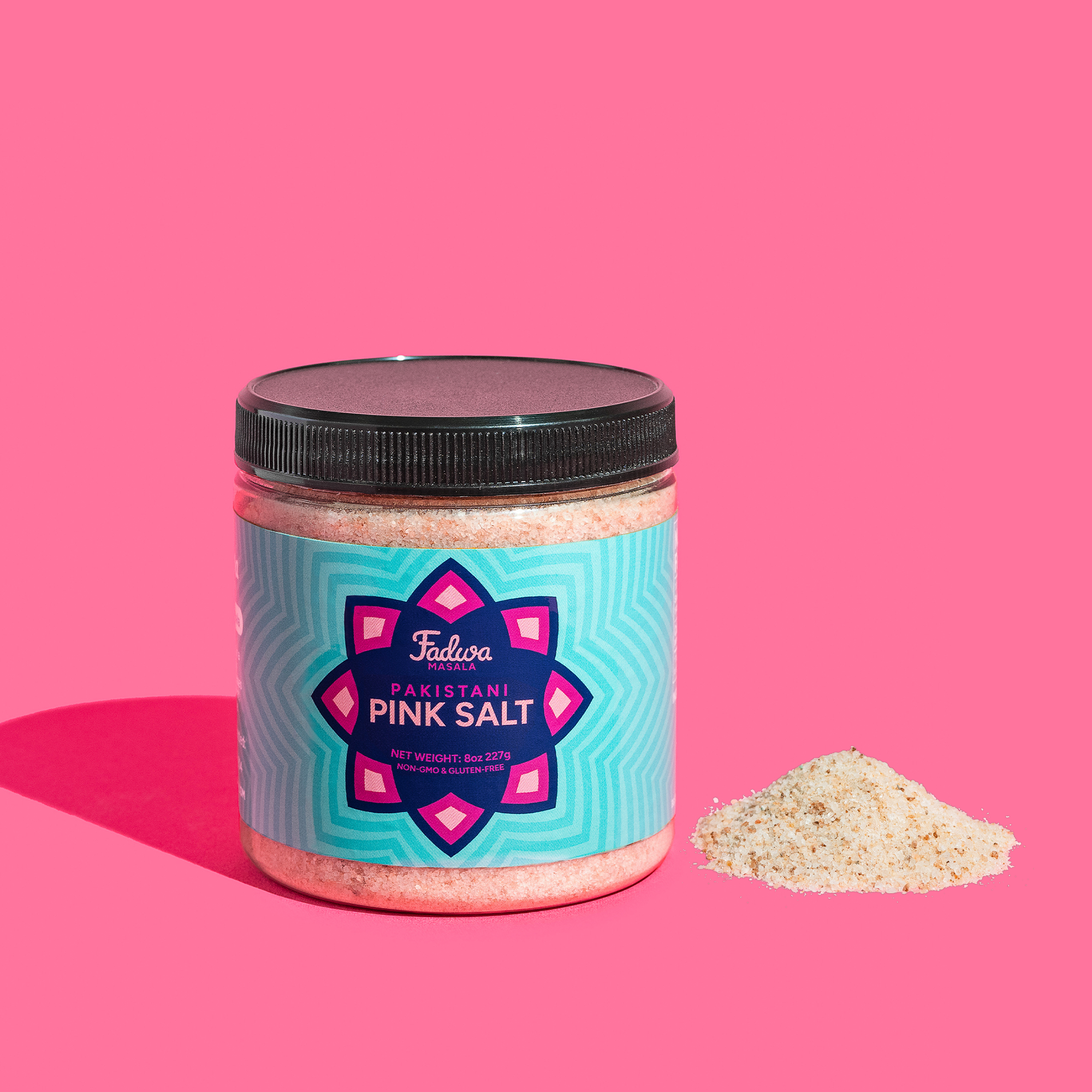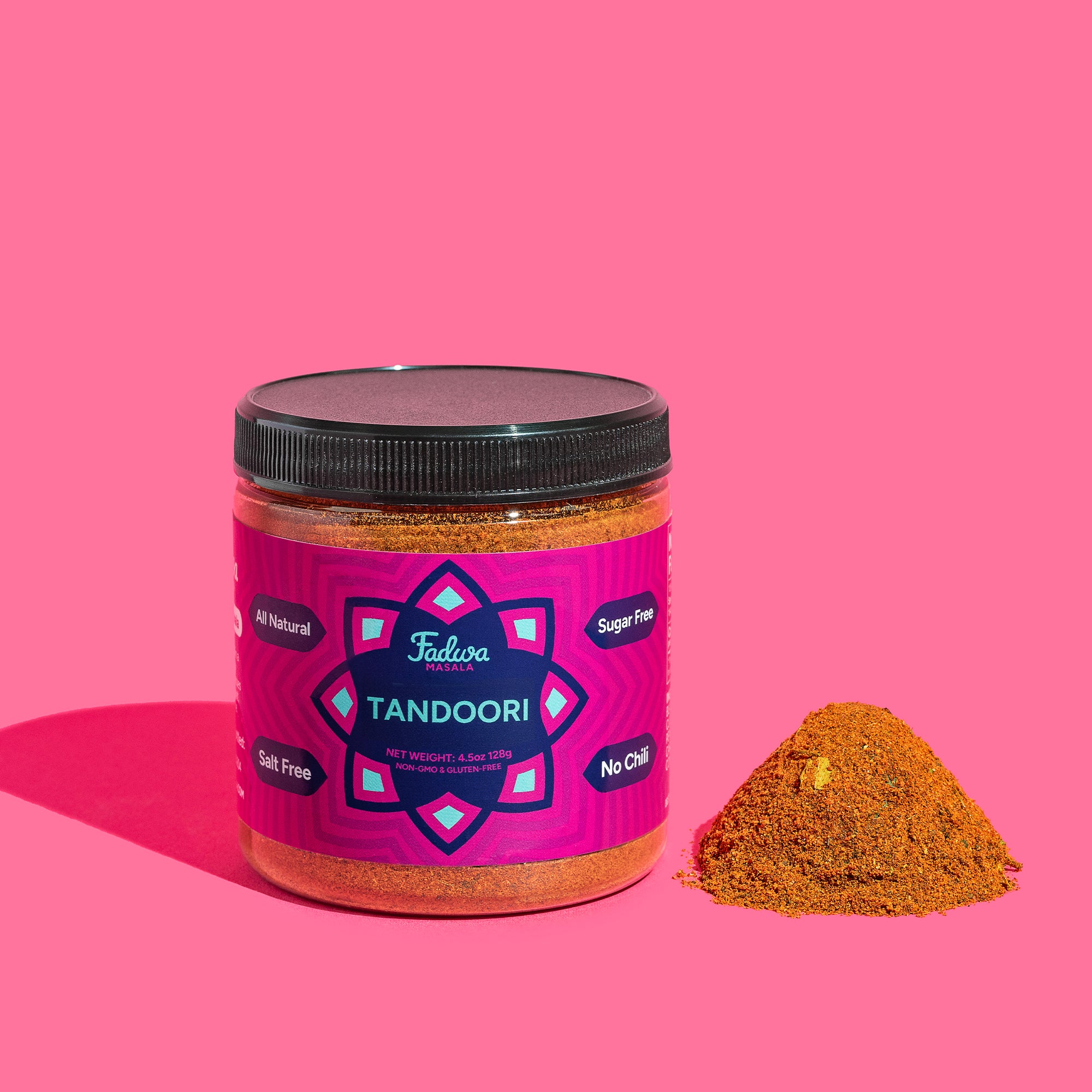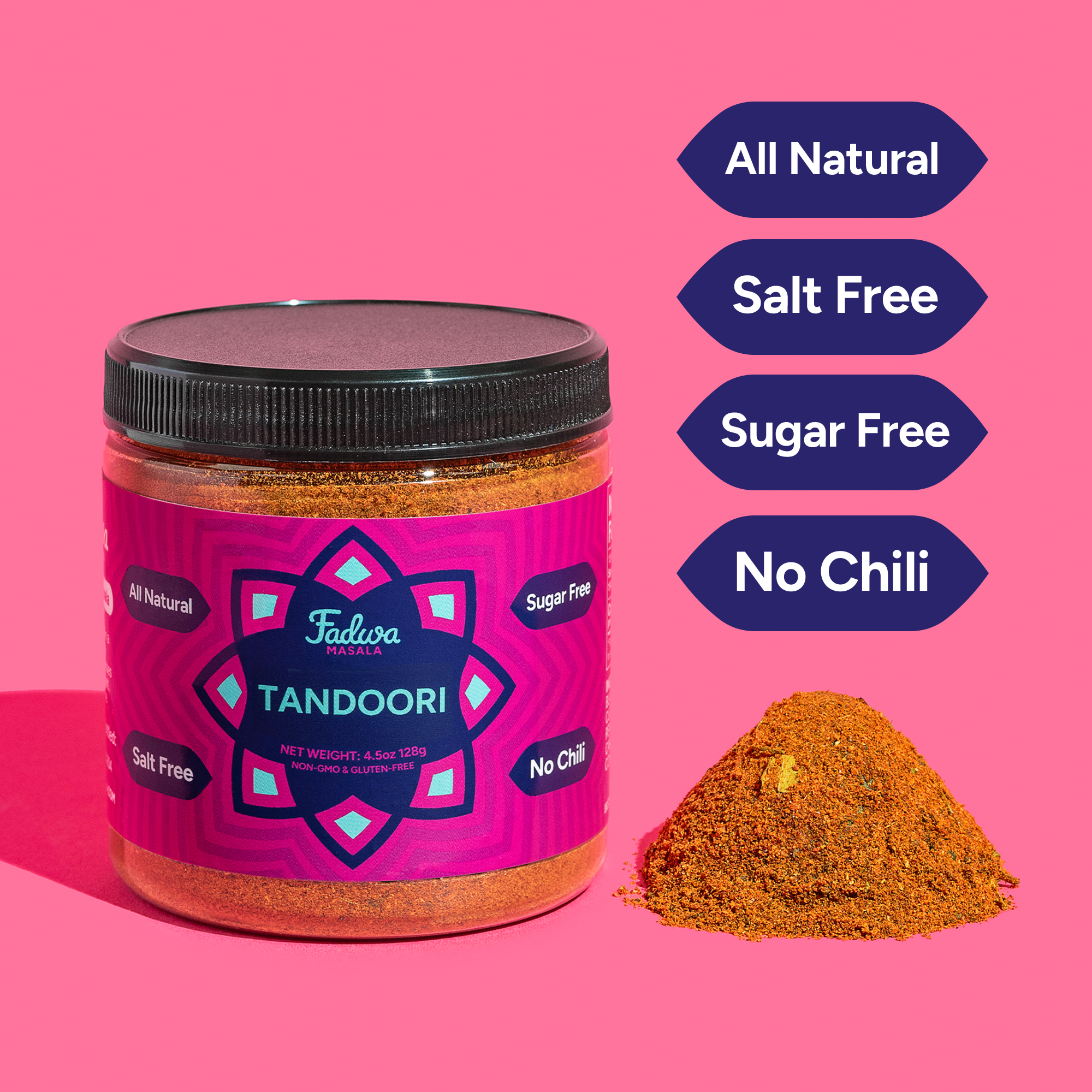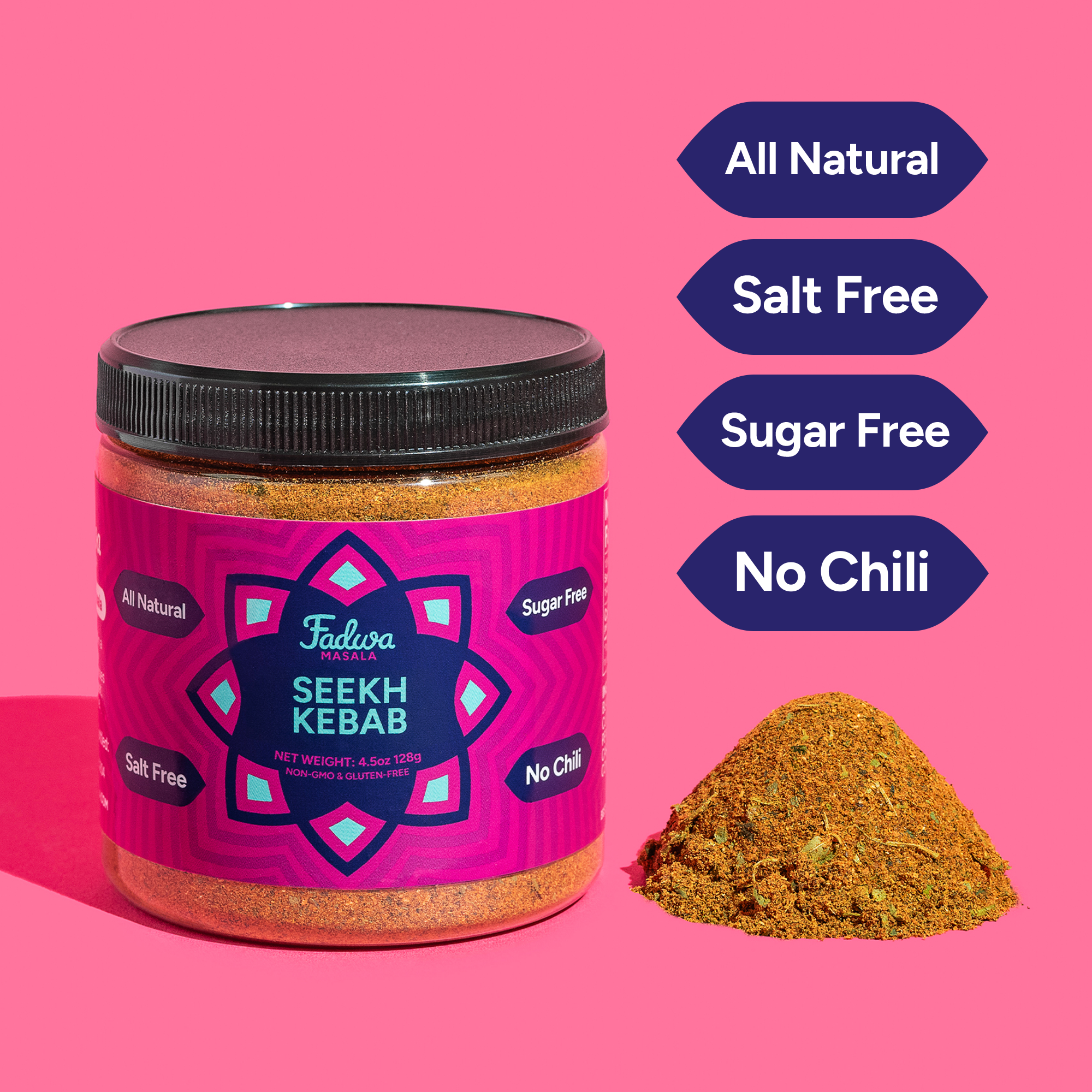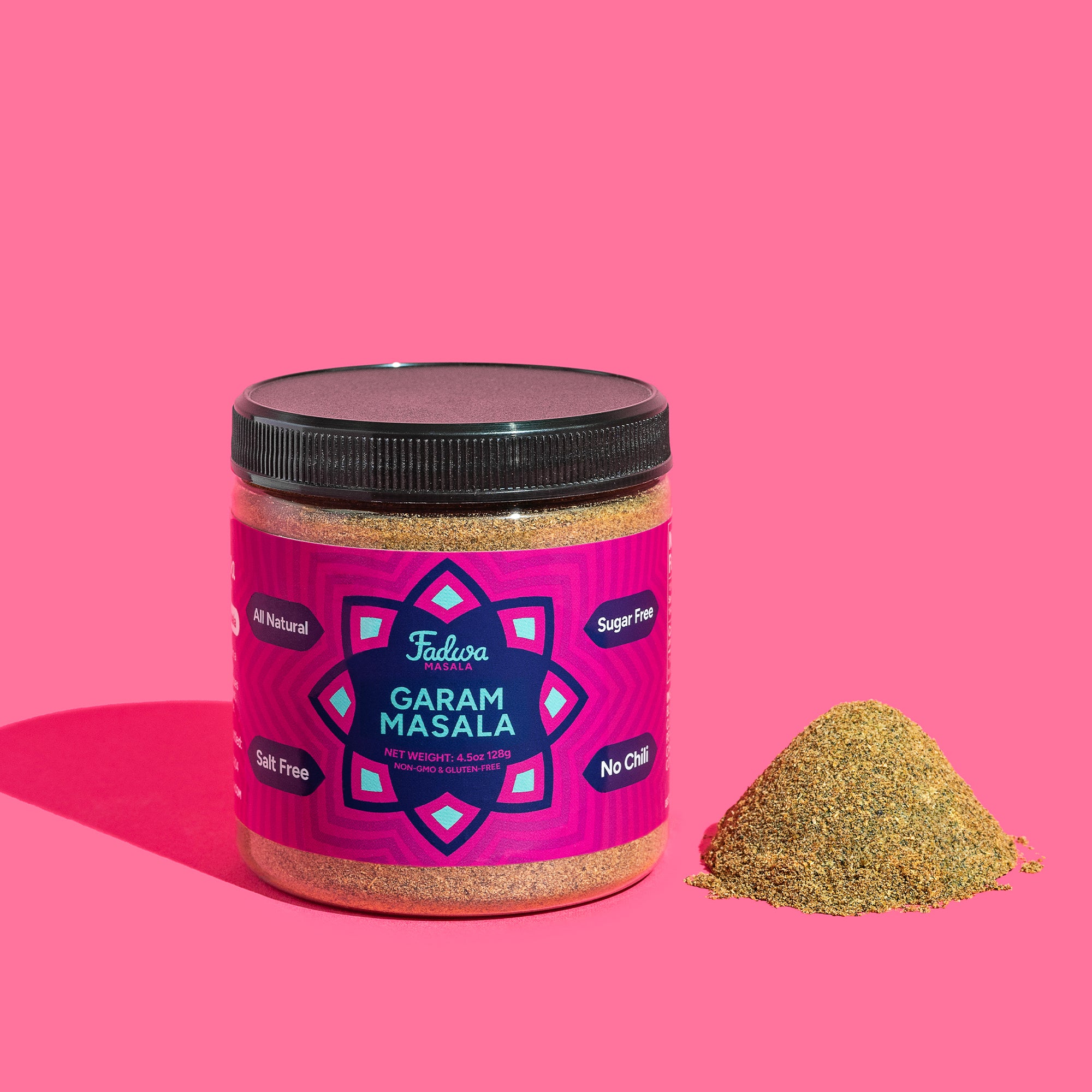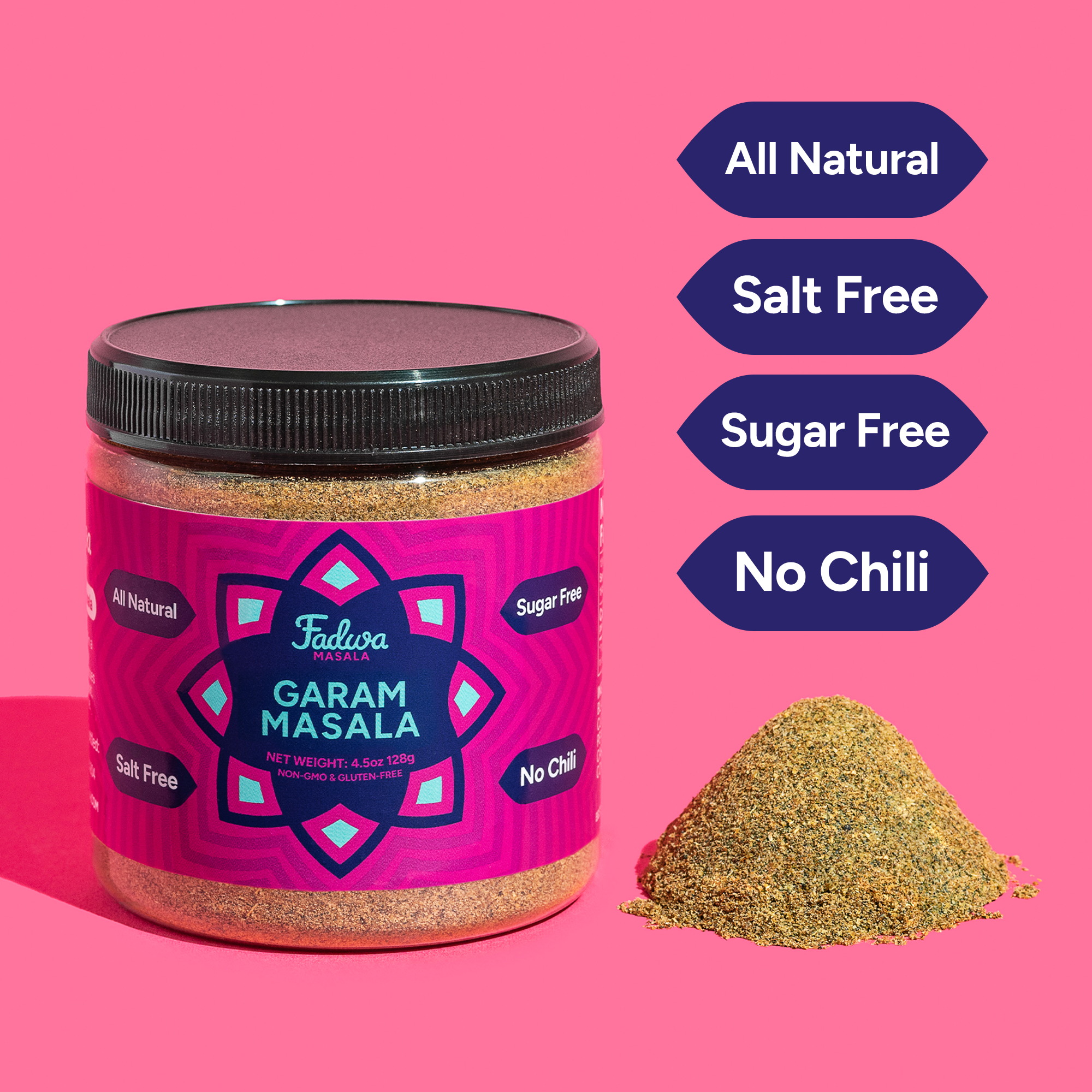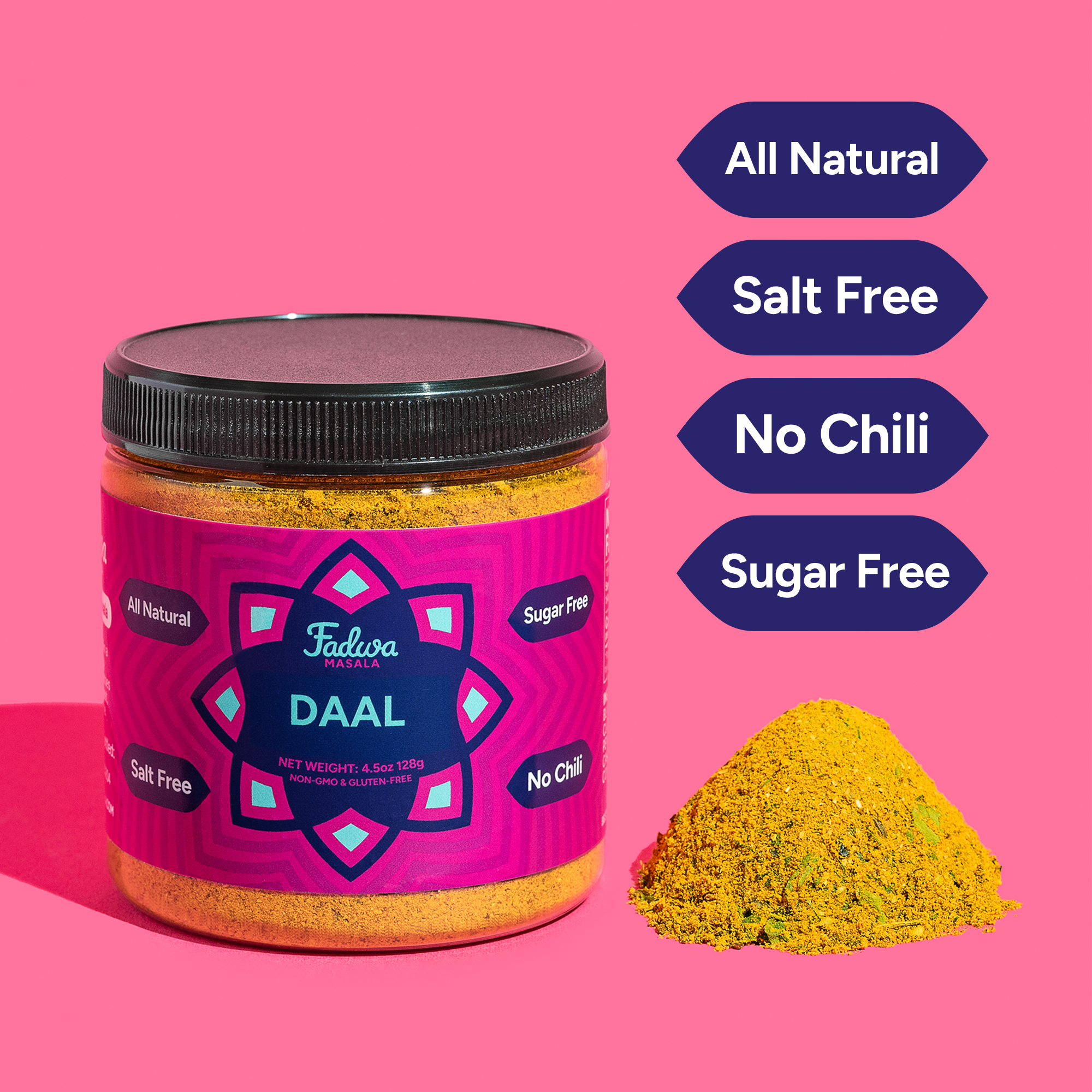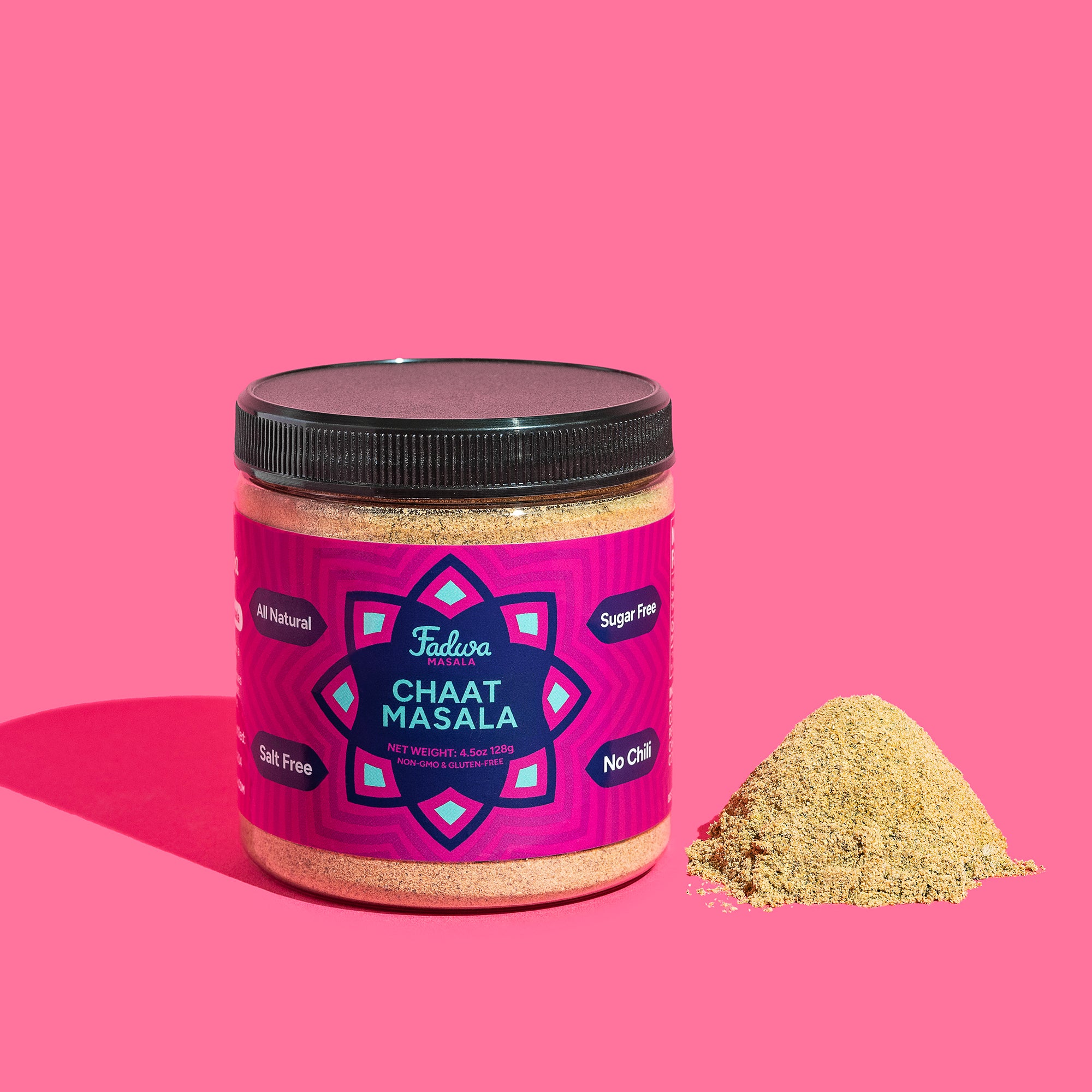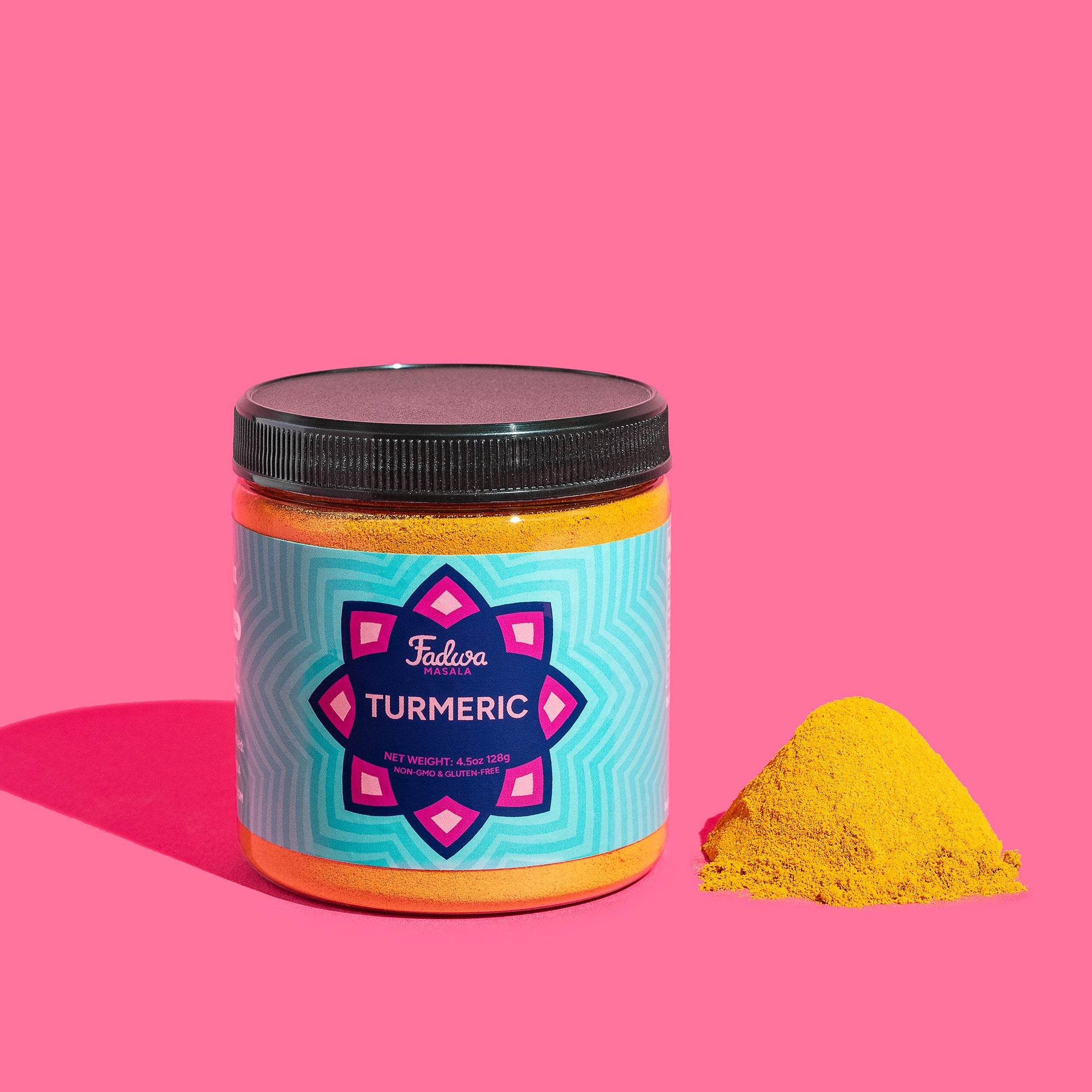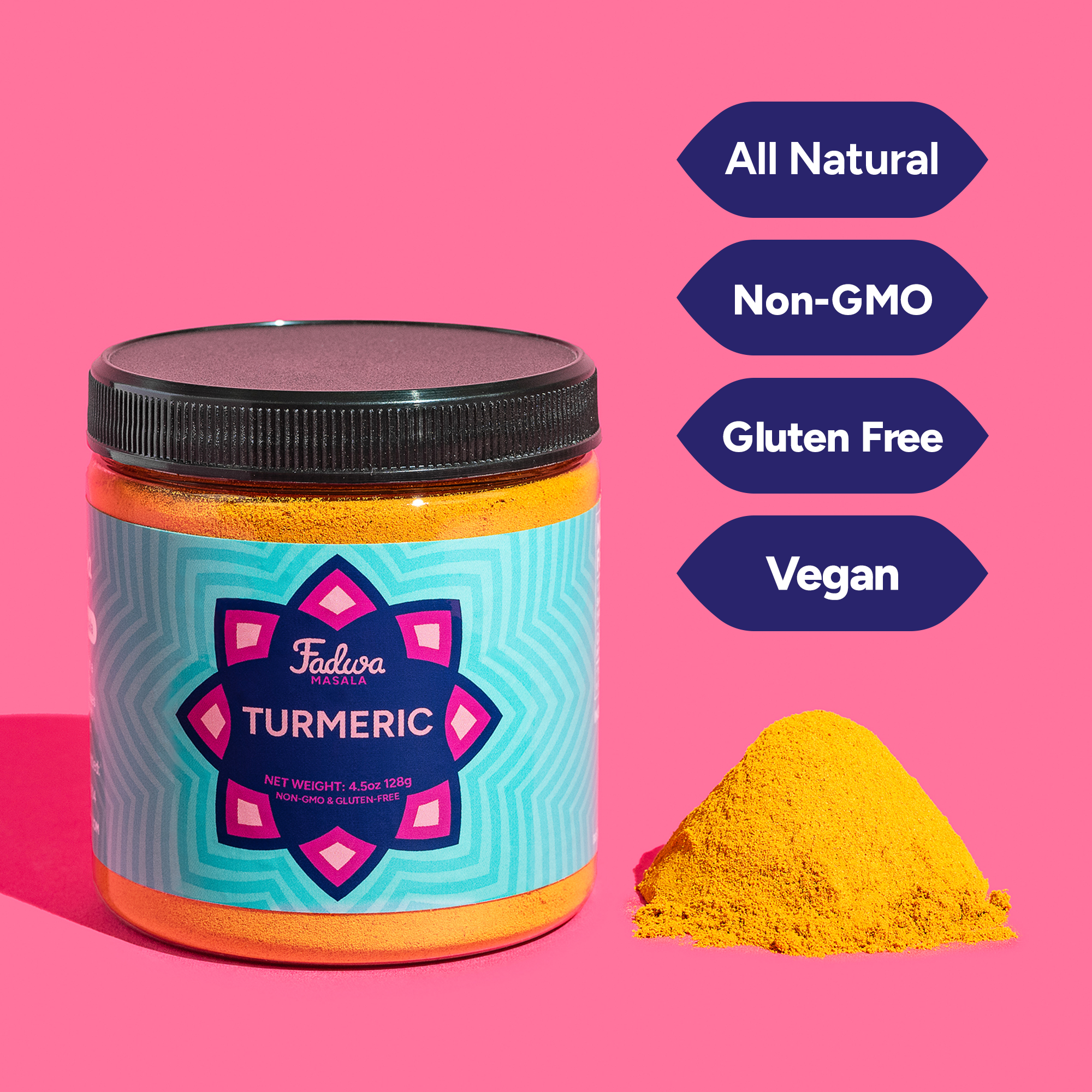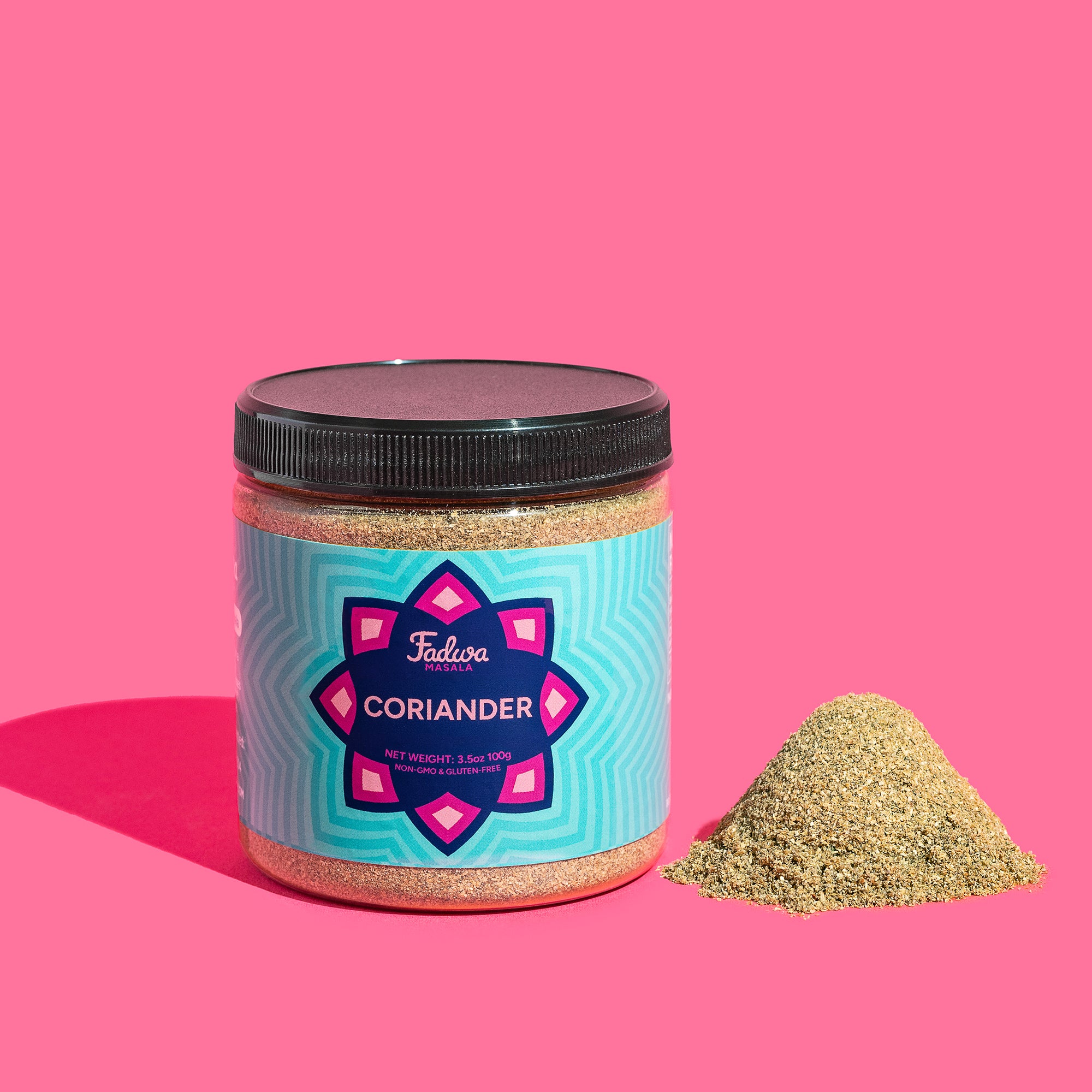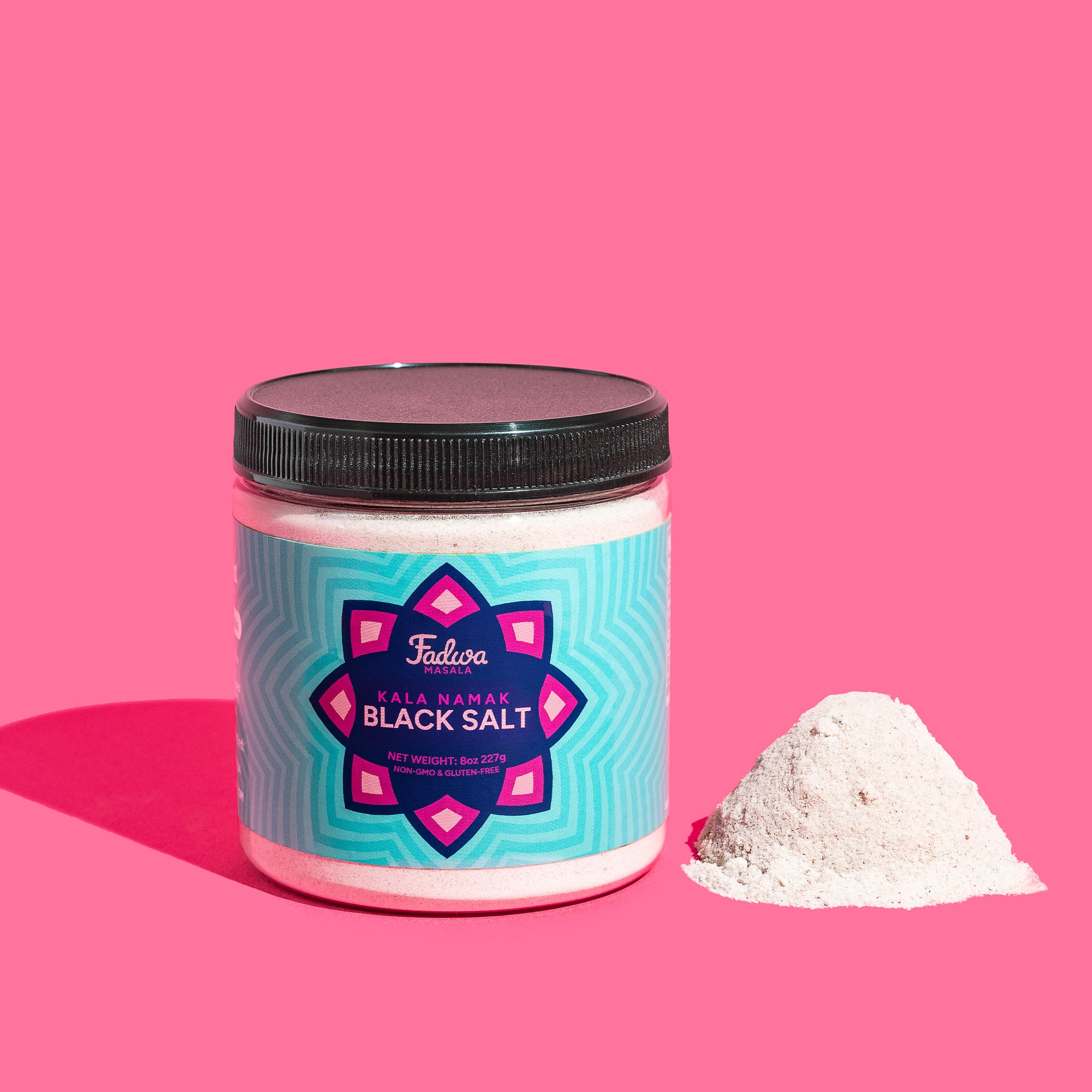Garam masala is one of those spices that really brings a dish to life. It's a blend of fragrant spices like cumin, coriander, cinnamon, and cardamom, all mixed together to create a warm, flavorful kick. Not only does it make your food taste amazing, but it also offers some great health benefits. The spices in garam masala are known to help with digestion and even have anti-inflammatory effects. Whether you’re cooking a curry or grilling meat, adding garam masala gives your dishes that perfect depth and richness.
What Is Garam Masala?
Garam masala means 'warm spice mix.' It’s not spicy like chili peppers, but it adds a gentle warmth to the dish. Not too strong. Just enough to make you go “Mmm!”
Garam masala is made by first roasting a blend of whole spices like cumin, coriander, cloves, and cardamom in a dry pan. The spices are lightly toasted to bring out their full flavor and aroma.
After roasting, the spices are allowed to cool before being ground into a fine powder. The blend is then ready to be used in cooking, adding warmth and depth to various dishes. Some people like to make it fresh at home, while others buy it pre-made for convenience.
What is Garam Masala Made of?
Garam masala has many spices, each with its own purpose. Now, let’s take a closer look at the spices that make up this flavorful mix.
Cumin (Jeera)
Cumin smells a little earthy, kind of like dry leaves. It helps food taste full. Some say it’s good for your belly, too. You’ll find cumin in almost every Indian dish.
Coriander (Sabut Dhaniya)
Coriander seeds are light and round. They taste soft, a little like lemon. They come from the same plant as cilantro. They help the mix feel fresh.
Green Cardamom (Choti Ilayachi)
Green cardamom adds a sweet, fragrant note to garam masala. Its warm, slightly spicy flavor is subtle but essential in balancing the stronger spices. You can use the whole pods or just the seeds inside, depending on your preference.
Cardamom helps bring everything together, giving garam masala a smooth sweetness that complements the other spices perfectly.
Black Pepper (Kali Mirch)
Black pepper adds a gentle heat to garam masala, giving it a subtle kick without being overpowering. Its smoky, earthy flavor helps bring the other spices to life, making the blend feel complete.
Cinnamon (Dalachini)
One of the key ingredients in garam masala, cinnamon adds a sweet, aromatic warmth that brings depth to the blend. It’s mild and creates a harmonious mix.
Cloves (Laung)
Cloves are tiny and very strong. You don’t need much. They help clean your body and give your food a deep smell. Used in rice, curries, and all sorts of things.
Star Anise (Biryani Flower)
It looks like a star and tastes kind of like fennel. It is sharp but sweet. It is mostly used in rice, like biryani, and it helps your stomach, too.
Mace (Javitri)
This is the red skin from outside a nutmeg seed. It’s sharp and strong. Just one small piece is enough. Adds a nice kick to the mix.
Black Cardamom (Kali Ilayachi)
Black cardamom adds a strong flavor to garam masala, giving it a deep and warming quality. It helps balance the other spices, bringing richness to the mix. A little goes a long way, but its presence in the blend is key to creating a well-rounded flavor.
Bay Leaf (Tej Patta)
Bay leaves are flat and long. They smell strong and kind of bitter. Indian bay leaves have a distinct flavor compared to those used in other cuisines.
Some people also add other things like red chilies or nutmeg. Every home is different.
How to Use Garam Masala in Cooking
Garam masala is usually added at the end of cooking to preserve its aromatic flavor and fragrance. Sometimes, it is added early with onions or tomatoes.
Start with a pinch, taste, and then increase.
Conclusion
Garam masala is one of those things that makes food feel complete. Without it, something’s just… missing. The garam masala ingredients work like a team: cloves, cinnamon, mace, cumin, cardamom, coriander, and black pepper. To bring out the best in your cooking, try Fadwa Masala. You’ll taste the difference!


